
By Megan McKinney
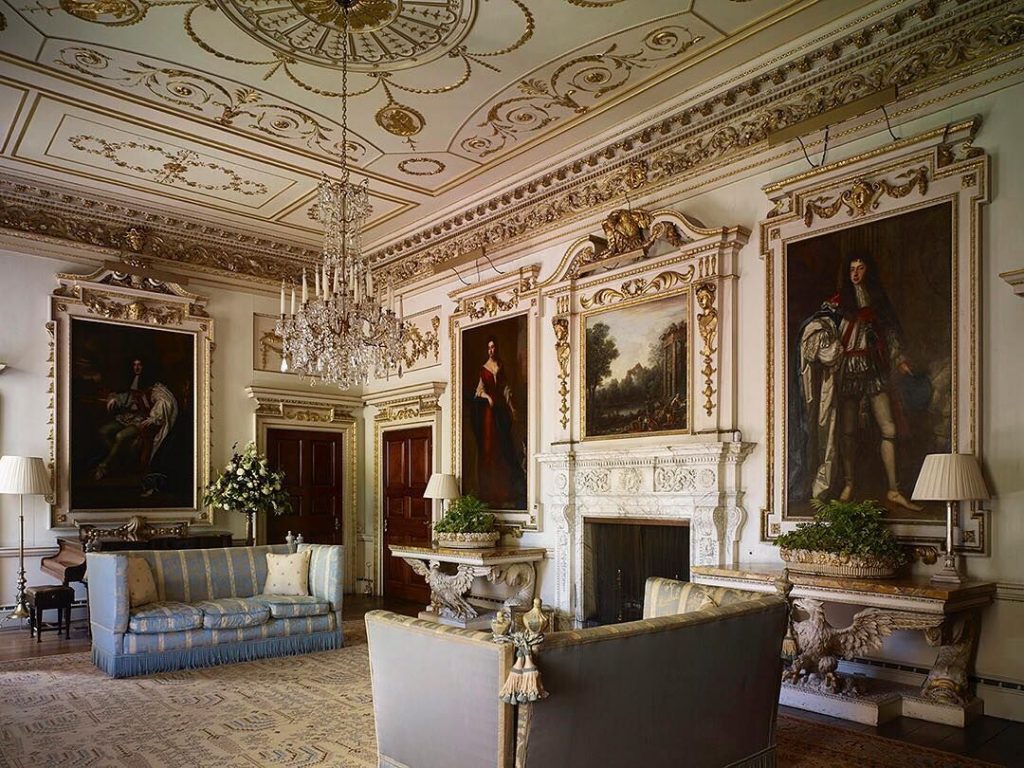
Ditchley Park, Oxfordshire, England
Chicago’s Tree family lived well, so well that it will take the next eight or so weeks for us to adequately view their enviable dwellings and remarkable lives. It started off relatively modestly in the 19th century, but, as their story progresses, you will explore with us, for example, the house about which the May 2018 issue of Town & Country magazine asked, Is Heron Bay in Barbados the Most Exquisite House in the World?
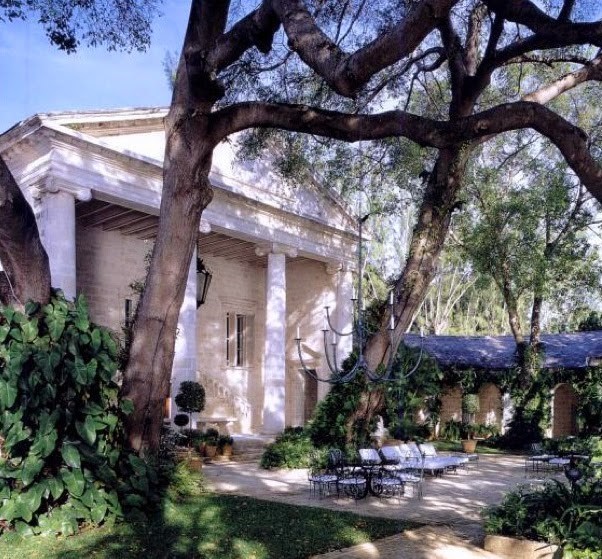
Credit: Architecture & Design in Barbados
Before Heron Bay, Ronnie Tree’s mid-20th century Palladian house in Barbados, there would be many other glorious Tree dwellings throughout the English-speaking world.
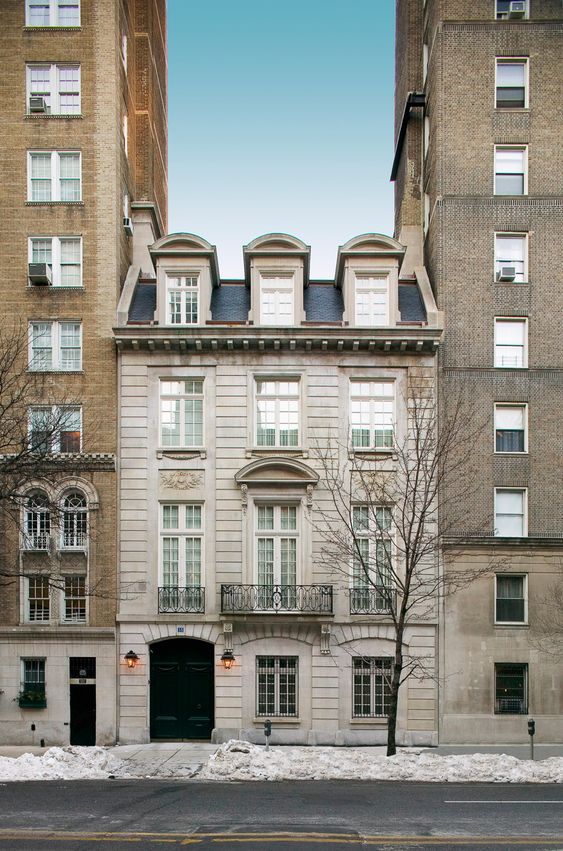
We will have such residences as the Ogden Codman French Renaissance Revival style town house on New York’s Upper East Side.
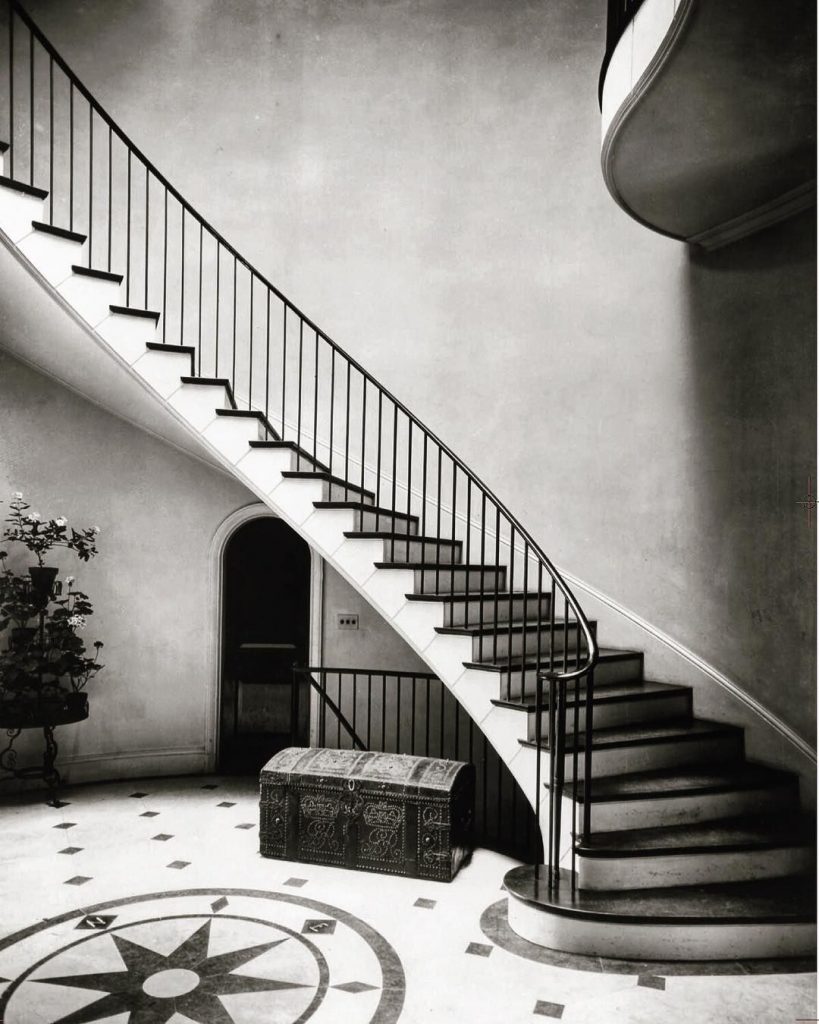
As well as this grand entry carved into an antebellum Virginia plantation house and such English estates as Ditchley Park in Oxfordshire, below, with Nancy Lancaster’s sumptuous interiors.
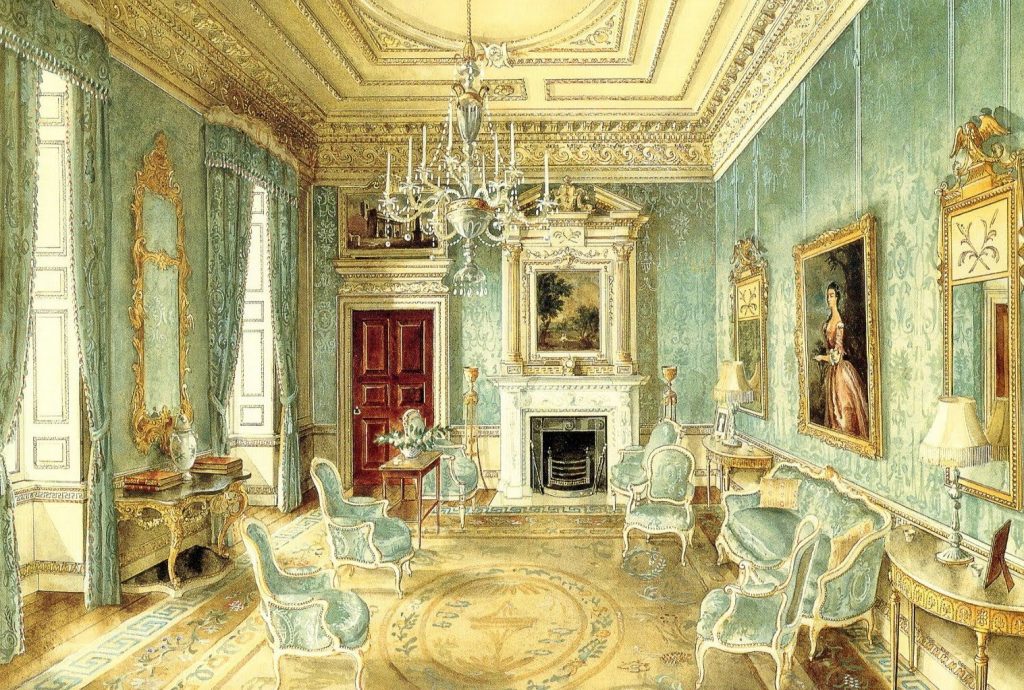
An Alexandre Serebriakoff watercolor of The Blue Drawing Room, Ditchley Park
During the early years of World War II. when the “moon was high,” Winston Churchill’s country retreat, Chequers, became visible to enemy aircraft. On these weekends, the Prime Minister would stay as guest of third generation Trees at Ditchley Park, smoking his cigars late at night in the room above. But we will come to that in a later issue.
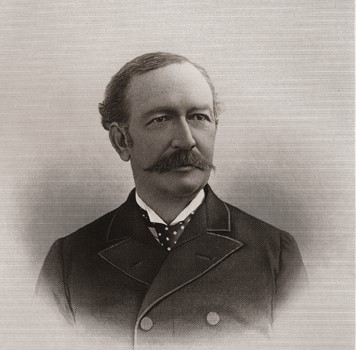
The family patriarch was Judge Lambert Tree, a Washington D.C. native with a law degree from the University of Virginia. After moving out to Chicago, he married, in 1859, Anna Josephine Magie, daughter of Chicago pioneer H. H. Magie.

A distinguished Chicago citizen, Judge Tree’s great wealth came from real estate and his name continues to be known through the Tree Studio complex on Chicago’s Near North Side.

The Lambert Trees and their only child, Arthur, lived in the mansion above at 94 Cass Street, now Wabash. Among their neighbors were the Joseph Medills, Edward T. Blairs and Cyrus Hall McCormicks. Arthur Tree would marry a Chicago contemporary but not a North Side neighbor.

Growing up in elegance at another fashionable Chicago address,1905 South Prairie Avenue, was Ethel Field, daughter of department store tycoon Marshall Field.
Although the Field parents were at war with each other, they indulged Ethel and her brother, Marshall Jr. In 1886, when the Fields hosted the Mikado Ball for 17-year-old Marshall Jr. and 14-year-old Ethel, it was the most elaborate private event Chicago had seen. The party was catered by Sherry’s of New York and required two private railroad cars to bring in linen, silver and gourmet food at a cost of $75,000. More than 400 guests attended the ball and received party favors designed by the painter James McNeill Whistler.
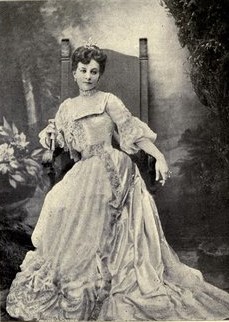
Albertine Huck
Marshall Jr. married Chicagoan Albertine Huck in 1890 and they settled in an English country estate, spending only a few months a year in their Chicago house at 1919 Prairie Avenue.
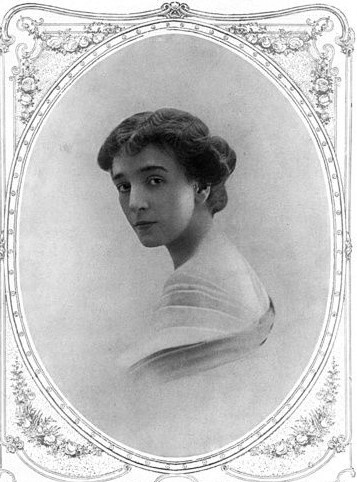
On January 1, 1891, Marshall Field Jr’s 17-year-old sister Ethel married Arthur Tree in an opulent ceremony held at the Fields’ Prairie Avenue house. Although Ethel and Arthur were both Chicagoans, they had met during a foxhunt in England. Both preferred that country to their own and, after their marriage, they commissioned English architect Edward Goldie to design Ashorne Hill, a Warwickshire estate neighboring that of Marshall Jr. and Albertine.
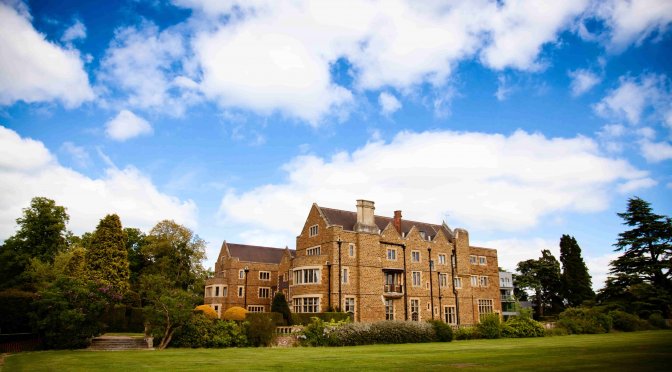
Ashorne Hill
The Arthur Trees’ first two children, Gladys and Lambert, died in infancy, leaving only Ronald Arthur Lambert Field Tree, known throughout his life as Ronnie.
Ronnie Tree is the central figure in Megan McKinney’s Classic Chicago series, A Rich Life: The Trees . He will lead us into the coming segment, sub-titled Marshall Field’s Unruly Daughter.
Edited by Amanda K. O’Brien
Author Photo: Robert F. Carl






